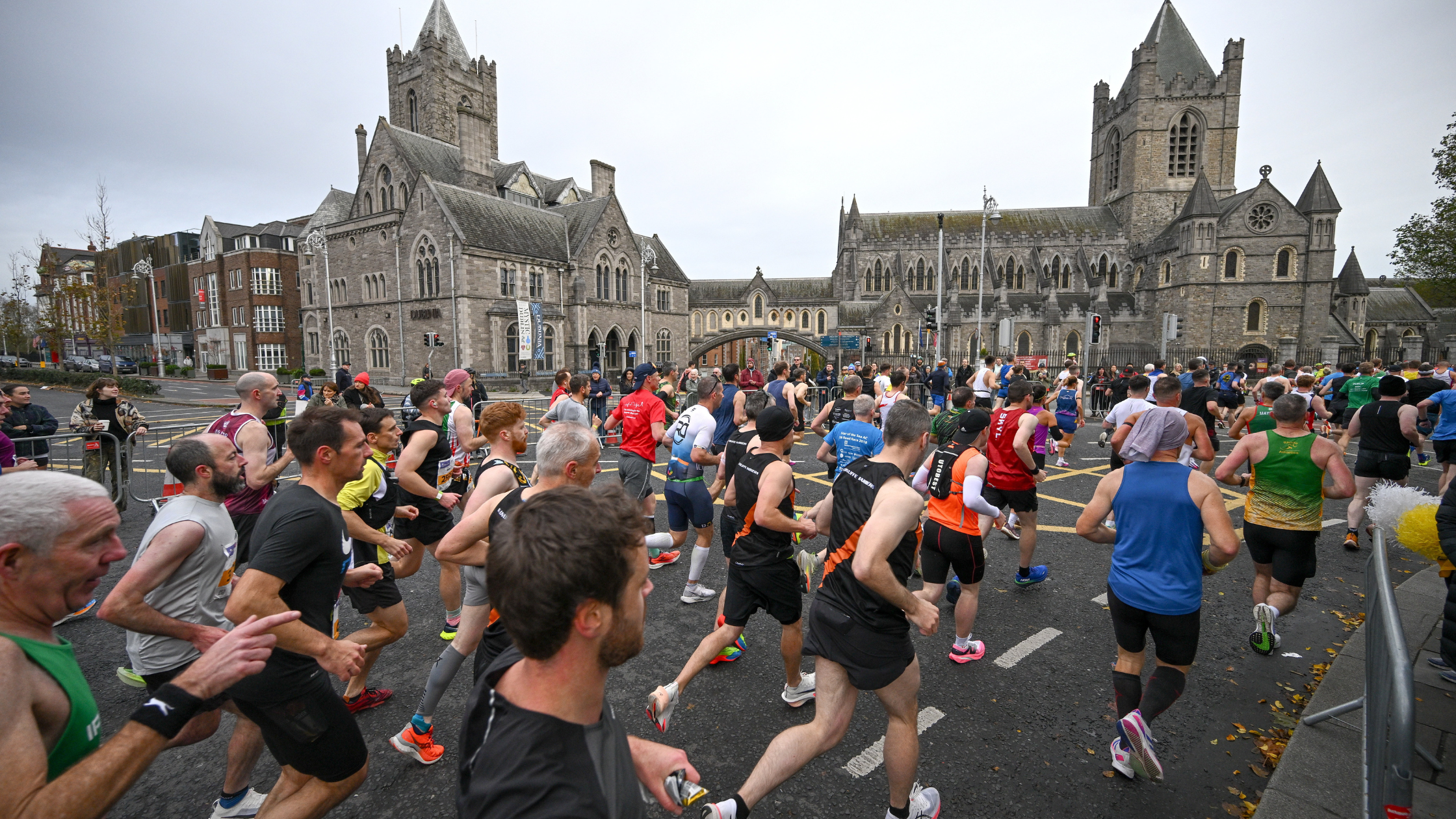If you’ve hit a training plateau and are looking for new ways to revive your run, here 7 performance boosting tricks to get you on the right track.
1. Adopt a positive mindset
The psychological aspect of running should never be underestimated. Your body and mind are closely connected and therefore your mental state can have a huge influence on your physical performance. On race day it is common to experience nerves and negative thoughts, and without careful control, your performance can be sabotaged. Practice positivity so that you arrive on the start line with a positive mindset. Before each race write down three reasons why you should succeed in achieving your goal. Commit these reasons to memory and then remind yourself why you should succeed if the going gets tough during the race.
2. Learn to love lactate threshold
If there’s one type of training that gives you the most ‘bang for your buck’ then it’s probably lactate threshold training. Physiologists use the term ‘lactate threshold’ to refer to the pace that is just below the point at which lactate begins to accumulate more rapidly in your blood. Training at this pace on a regular basis improves your body's ability to buffer the lactate and therefore delays fatigue, which in essence enables you to run at a faster pace for longer.
Lactate threshold pace shouldn’t be an eyeballs out effort but rather at a 'comfortably hard' pace.
Lactate threshold pace shouldn’t be an eyeballs out effort but rather at a 'comfortably hard' pace. The key is not to run too hard during this type of workout as you won't achieve the desired physiological effect and will quickly dig yourself a hole. Whilst the most accurate way to define your lactate threshold is to measure blood lactate levels, the simplest way to determine your pace for this type of training is by feel. Try the talking test - you should be able to say three to four word sentences such as 'I feel great'.
The beauty of lactate threshold training is that it can be done in a number of ways. Traditionally threshold runs are done as a continuous, sustained effort. However, if you are trying this type of training for the first time or want to ensure that you maintain the correct pace then you can break the total time into chunks with a short recovery.
3. The power of nitrate
In recent years there has been a lot of research on the use of nitrates, such as those found in beetroot juice, as a sports supplement. Nitrate ingestion prior to exercise has been found to reduce the oxygen cost of submaximal exercise and in some cases improve performance and exercise tolerance in high intensity exercise.
The research suggests that you should take a nitrate supplement in the 2-6 days leading up to a race and then 2.5 hours before the start. One of the most popular nitrate supplements on the market are ‘Beet It’ shots. These contain a concentrated form of beetroot juice, saving you from having to gulp down gallons of the red stuff.
4. Set process goals
Too often as runners we become obsessed with the outcome of a race rather than the process itself. Outcome goal setting is a powerful way to maintain focus and motivation, however, the danger of basing your goals on outcomes only are that we cannot always control them. The weather conditions may thwart your attempt at a personal best for example, whilst the performances of others can prevent you from achieving your goal of finishing in a certain position. Setting process goals however ensures that success is in your hands and enables you to focus on certain aspects of a bigger goal. For example you may want to focus on maintaining good form and posture during a race.
5. Warm up well
For many runners the warm up consists of the same old routine; a shuffle jog and some half-hearted attempts at stretching. However, is this enough?
When you transition from rest to exercise, your body’s demand for oxygen increases dramatically in order to produce the required energy. In fact your metabolic rate might increase by as much as 10-fold within just a few seconds of the starting gun firing! Several studies have shown that by including some short bouts of high intensity exercise in your warm up can actually help to speed up the rate at which your body can uptake oxygen as you transition from rest to exercise.
In order to prime your anaerobic energy systems and to get your neuromuscular system firing try some fast, extended strides as part of your warm up routine.
In order to prime your anaerobic energy systems and to get your neuromuscular system firing try some fast, extended strides as part of your warm up routine. This will help you to be ready to hit your goal pace from the gun and avoid that sluggish feeling that can often occur during the first kilometre or so. Try including 2-3 150m fast strides at race pace as part of your warm up.
6. Use positive self- talk
Positive self-talk is a great technique to help focus your mind and to keep those irrational, negative thoughts at bay. This involves replacing any negative statements with positive ones. For example; ‘I can do this.’ You can also develop a positive mantra that you repeat to yourself throughout a race or training run. Why not try writing a positive statement on your hand or on the inside of your wrist so that you can look at it during a race if required.
7. Pump some iron
A small amount of strength and conditioning work can go a long way in terms of both injury prevention and improving your overall performance. Numerous studies have shown that strength training improves endurance performance by increasing anaerobic capacity, neuromuscular function and delaying fatigue. Just one strength session a week is enough to reap the benefits, although this should be periodised around heavy periods of training or racing. You should target the key muscle groups involved in running - quads, hamstrings, glutes and calves and perform 3-5 sets of 5-8 reps for each exercise using moderate to heavy loads.














